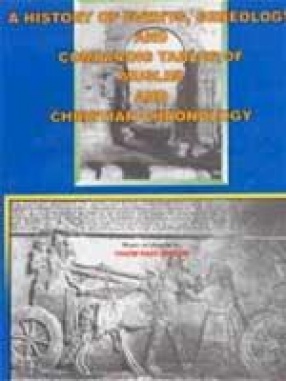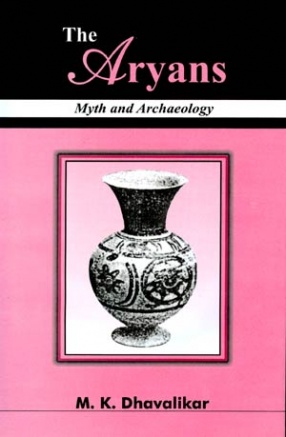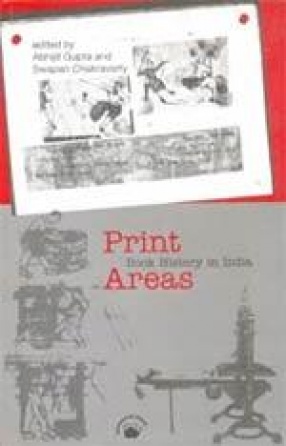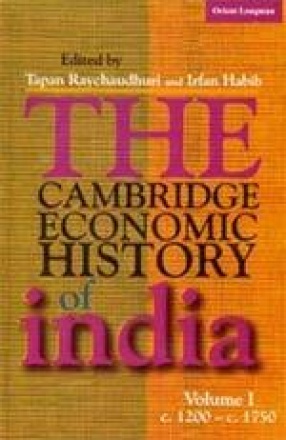A History of Events, Geneology and Comparing Tables of Muslim and Christian Chronology
Synopsis
Man must always have been curious about past events. Knowledge was dependent at first upon oral traditions, later supplanted by written records of past events, and stimulated by the visibIe monuments of half-remembered episodes. In the middle ages, any interest in the ancient world was affectively suppressed by religious priests. They presented in ordered list of events of particular religion. War between group of people probably had existed from the earliest times, but increased urbanization brought concentration of wealth and power which fostered endemic conflict. Territory, treasures, women, slaves-all were for the taking. Devastations, disease and famine were part of the lot of the ordinary man. Such circumstances as these undoubtly contributed to the increasing influence of religion as a supernatural means of escape from the problems at hand. Yet it should not be forgotten that pressure of war generally bring out some of the best qualities of arms and ammunitions for the need in times of conflict. In the seventh century, however, the antiquities of the classical world began to excite the imagination of scholars, and their interest was soon extended to the whole world. Each generation of scholars is indebted to its predecessors, for its own studies are a tribute to the past, a respect for the present and a guide for the future. The archaeologist tries not only to understand the major economic and political events of past times, events which in literate societies were usually recorded and which may be deduced through the excavation of prehistoric monuments, but also to appreciate the life of anonymous people who made up the basis of these societies. Archaeology shows that a system of writing was first invented in Mesopotania, in the early Sumerian cities. But to establish the date equalent to the prevalent calendars becomes difficult. For this purpose an archaeologist / scholar should have the knowledge of the other calendars simultaneously. From 1860, excavation were carried out in Mesopotania and Egypt. The date marks the beginning of gradual acceptance of the biological evidence for the great antiquity of man. It can be seen that the legacy of the past does not extend only to Greece and Rome but our Asia is more fertile. Numberless people established the traditions and bequeathed the heritage to late generations. Some achieved fame and others are anonymous. Their legacy is celebrated here in this book. Iranian artists emigrated in the mid sixteenth century to the Mughals courts in India, where Persian manuscript traditions were avidly adopted, but only late in the century did the distinctive Mughal idiom of book illustration and decoration emerge. Although Persian remained the literary language there for centuries. Manuscripts of historical and literary works are known to have been illustrated in earlier centuries, but in the late period the illustrated manuscript was transformed into a major art form which enjoyed widespread and enduring popularity. But the scarcity of basic data has always hampered the study of manuscript illumination in the Islamic world before the Mughals. Even when it became relatively common for such information to be given, the place of production was hardly ever mentioned. In early times there was no hard and fast rule about Colophons, indeed, signed and date examples are unknown before the tenth century. This handsome book, which includes the history of calendar, events, geneology and comparing tables of Muslim and Christian chronology, represents a distinguished and highly readable contribution to the scholars.
Read more
54.00
48.6
$
60.00 $
Free delivery Wolrdwidе in 10-18 days
Ships in 1-2 days from New Delhi
Membership for 1 Year $35.00
Get it now and save 10%
Get it now and save 10%
BECOME A MEMBER
Books by the same author







Bibliographic information